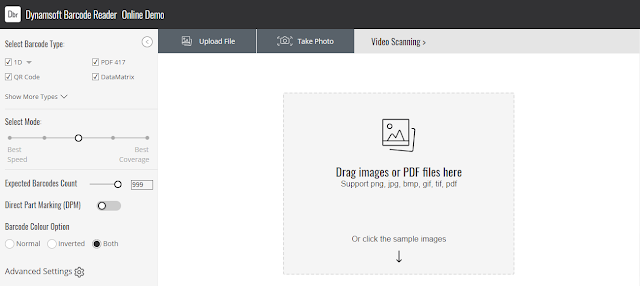How Barcodes on Bottles Ensure Food Safety and Transparency
In the ever-complex world of food production and distribution, ensuring safety and transparency is paramount. While seemingly simple, the barcode on a bottle plays a crucial role in achieving this goal. This seemingly mundane black-and-white pattern holds the key to unlocking a wealth of information, empowering both businesses and tech enthusiasts to navigate the intricacies of the food supply chain.
Traceability: A Digital Thread Through the Supply Chain
Barcodes act as unique identifiers, akin to digital fingerprints, for each individual bottle. This allows for comprehensive tracking of the product's journey, from the farm where the raw materials originated to the processing plant, transportation routes, and finally, the retail shelf. This granular data provides businesses with invaluable insights into their supply chain, enabling them to optimize logistics, identify potential bottlenecks, and ensure timely delivery.
Transparency: Building Trust with Informed Consumers
Consumers increasingly demand transparency in the food they consume. Barcodes, when coupled with readily available scanning apps, empower them to access a wealth of information about the product they hold. This can include the origin of the raw materials, processing methods, expiration dates, and even specific batch details. This transparency fosters trust between producers, distributors, and consumers, building a sense of accountability and responsibility within the food industry.
Rapid Recalls: Minimizing Risk and Waste
In the unfortunate event of a food safety incident, swift action is crucial. Barcodes enable rapid and targeted recalls by pinpointing the exact batch or lot affected. This minimizes unnecessary waste and potential health risks associated with recalling entire product lines. For instance, during a contamination scare, pinpointing the affected batch through barcode data allows for a targeted recall, saving unaffected products and reducing economic losses.
Authentication: Combating Counterfeiting and Food Fraud
Food fraud is a persistent concern, with counterfeit products jeopardizing consumer health and eroding trust in the industry. Barcodes act as a powerful tool in combating such malpractices. By scanning the barcode, consumers can verify the product's authenticity and source. This empowers them to make informed purchasing decisions and protects them from potentially harmful adulterated products.
Beyond the Barcode: The Future of Food Safety
While barcodes remain a foundational technology, the future of food safety lies in integrating them with advanced technologies like blockchain and Internet of Things (IoT) sensors. Blockchain can create an immutable record of each product's journey, further enhancing transparency and traceability. IoT sensors embedded within packaging can monitor temperature, freshness, and other critical parameters in real-time, providing invaluable data for ensuring product integrity.
In conclusion, the barcode on a bottle is far more than just a simple identifier. It serves as a cornerstone of food safety and transparency, empowering businesses and consumers alike. As technology continues to evolve, the humble barcode will undoubtedly remain a vital tool in safeguarding the food we consume, building trust, and ensuring a safer and more informed food ecosystem.



Comments
Post a Comment